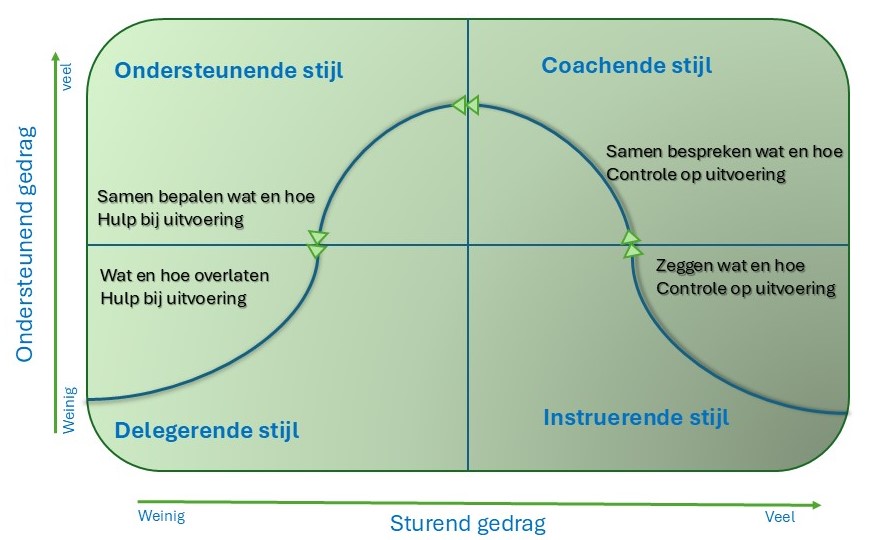At Improven, we believe that 'things can always be better'. We strive for improvement, innovation, and ultimately satisfied customers. But how do you tackle that in your own team?
Continuous Improvement is a philosophy aimed at improving processes, products and services. It not only increases efficiency, but also improves the quality and satisfaction of both customers and employees. It is an approach that works at every level within the organisation, from the shop floor to management.
How do you apply Continuous Improvement in your team?
Successful Continuous Improvement starts with a culture where team members feel safe to make mistakes and learn from them. Organise regular feedback sessions and celebrate successes to keep motivation high. Every team member should be encouraged to constantly look for improvements and actually try them out.
Every team has a different starting point. Whether your team is unfamiliar with Continuous Improvement or already advanced, it is important to adapt your leadership style to the stage of development of your team members. This is where Hersey and Blanchard's Leadership Model comes in handy.

Leadership styles and Continuous Improvement
Team leaders can best adapt their style to the stage of development of their team members. This means that as a leader, you need to be more directive at times and more supportive at other times.
Are your team members still inexperienced with Continuous Improvement? Then use the 'instructing style'.
Give clear instructions and guide your team step by step with identifying areas for improvement and implementing changes. For example, provide examples of inefficiencies to help your team recognise and identify them. Organise interactive and inspiring workshops and create an environment where Continuous Improvement can grow.
When team members are more experienced, use the 'coaching style'.
Involve your team in the decision-making process. Encourage them to come up with their own solutions, help them refine and implement these ideas.
Is your team already familiar and competent with Continuous Improvement but still lacking self-confidence?
It is then important to support and motivate the team. Let them know that their contributions are valuable and give them room to experiment. For example, does an employee doubt the feasibility of his/her idea? Encourage him/her to work out the idea and offer implementation support.
Your team is fully familiar and comfortable with Continuous Improvement and the environment is set up accordingly, then use the delegating style.
Empower your team and give them room to work independently on improvement projects.
By combining Continuous Improvement with Situational Leadership, you create an environment in which team members can optimally develop and effectively contribute to improvement processes. Want to know how to integrate this approach into your team? Contact us for help or advice!






















